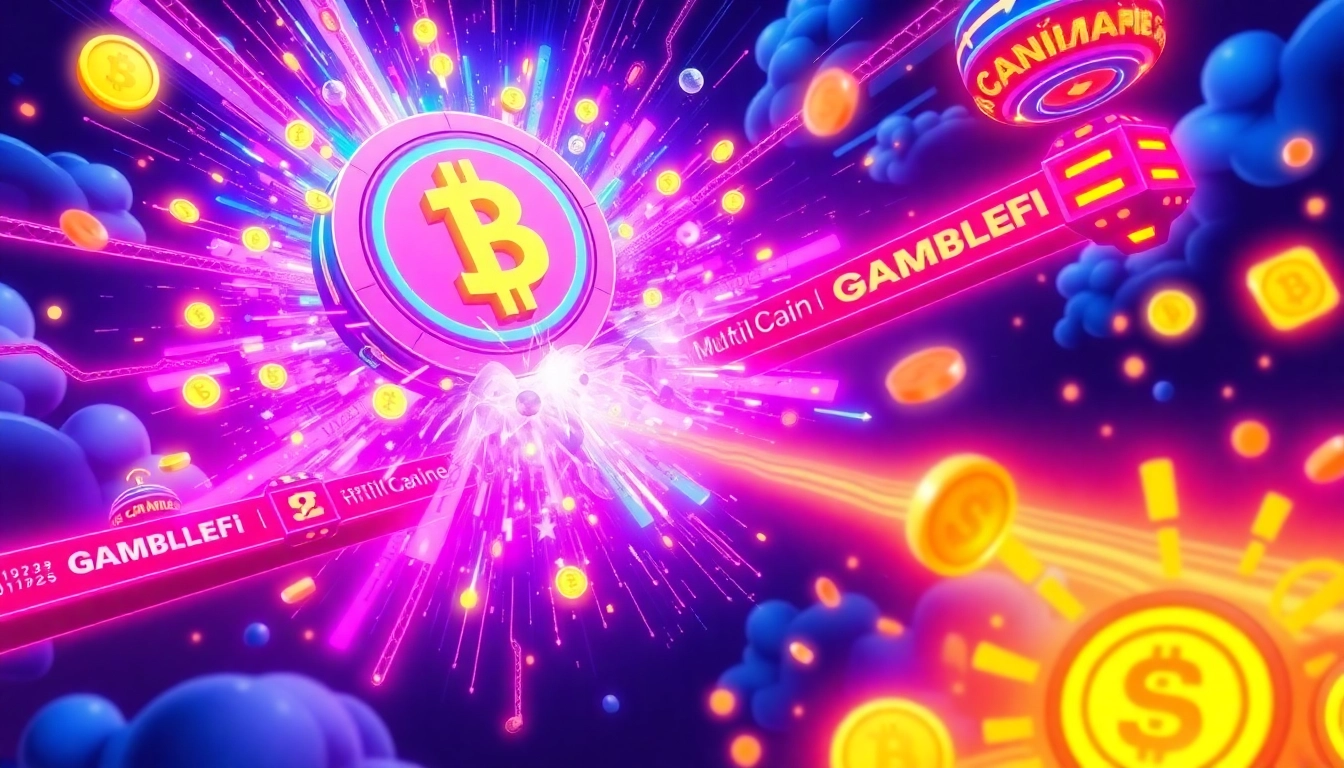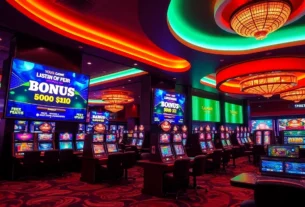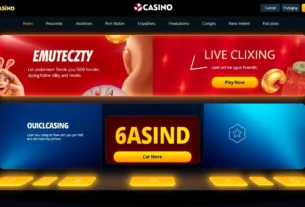Understanding the APORK Scarcity Model and Its Impact on Meme Coins
In the rapidly evolving landscape of cryptocurrency, scarcity remains a fundamental principle that influences token value and community dynamics. The APORK Scarcity Model exemplifies a strategic approach where limited supply, deflationary mechanisms, and community-driven engagement converge to create a robust ecosystem for meme coins like Angry Pepe Fork. This model not only drives price appreciation but also fosters a loyal, active user base motivated by tangible rewards and long-term growth potential.
What is the APORK Scarcity Model and Why It Matters
At its core, the APORK Scarcity Model leverages the economic principle that scarcity enhances perceived value and actual market prices. It orchestrates a carefully designed tokenomics framework with a fixed total supply of 1.9 billion $APORK tokens, employing deliberate burn mechanisms post-gamble, and limiting issuance through community rewards and staking. This approach ensures that as demand increases—driven by utilities such as GambleFi mini-games and community engagement—the supply contraction propels the token’s scarcity and value. In a crowded meme coin market, such mechanisms set APORK apart, positioning it as not just a viral token, but a sustainable asset with genuine utility and deflationary growth prospects.
Key Factors Driving Scarcity and Value in Meme Coins
The success of scarcity-driven meme coins depends on several interconnected factors:
- Limited Supply & Tokenomics: Fixed caps and gradual burn strategies reduce circulating supply over time, creating intrinsic scarcity.
- Community Engagement: Active user participation through social media, content creation, and staking increases demand and reinforces scarcity.
- Deflationary Mechanisms: Regular token burns and buy-backs decrease overall supply, particularly when tied to platform transactions such as GambleFi payouts.
- Utility & Earning Opportunities: Real-world and on-chain utilities, including staking, gaming, and community rewards, incentivize holding and active participation.
For instance, the Burn mechanism inspired by top-tier projects like Binance ensures that each GambleFi payout results in part of the tokens being permanently removed from circulation, intensifying scarcity and supporting long-term price appreciation.
Case Studies of Scarcity-Driven Price Appreciation
Several projects have demonstrated the power of scarcity models. One notable example is Binance Coin (BNB), which systematically burns tokens quarterly, reducing supply and boosting value. Similarly, DeFi tokens employing buy-back-and-burn strategies have experienced significant upward price momentum. In the meme coin sphere, tokens like Shiba Inu have leveraged community-driven scarcity, amplified through token burns and social hype, to achieve substantial short-term gains. The key takeaway is that scarcity, when effectively integrated with active utility, can turn speculative tokens into appreciating assets, a principle that APORK adopts with precision, especially combined with GambleFi elements.
Implementing the APORK Scarcity Strategy for Long-Term Growth
Designing Tokenomics with Scarcity in Mind
Crafting effective tokenomics is crucial for sustainable growth. The $APORK tokenomics allocate 20% to presale, 25% to marketing, and 10% for liquidity, with a significant 15% reserved for staking rewards and 10% for exchanges and listings. Importantly, a built-in deflationary aspect involves burning tokens post-GambleFi payouts, maintaining a steady reduction in circulating supply. Strategic vesting schedules and locking mechanisms ensure that inflationary pressures are minimized and demand remains high throughout the project’s phases.
Optimizing Community Engagement to Enhance Scarcity
Active community participation fuels scarcity by increasing demand. The CommunityFi system incentivizes user actions such as tweeting, content creation, and social media promotion with tiered rewards—Bronze, Silver, Gold, and Platinum—corresponding to different activity levels. This creates a viral effect, where engaged users not only hold tokens but also promote the project, thus amplifying scarcity through organic growth. Rewarding activity ensures a dedicated base committed to the long-term success of $APORK.
Integrating Deflationary Mechanisms for Price Stability
Deflationary protocols are essential for preventing inflationary dilution. In APORK’s case, each GambleFi win triggers token burning, reducing overall supply. Additionally, a percentage of tokens allocated to the project treasury, presale, and staking rewards are released or locked in a manner that sustains scarcity without sacrificing liquidity. These measures, combined with multi-chain bridging and deep liquidity pools, foster a stable environment conducive to capital appreciation and community confidence.
Leveraging Community and GambleFi for Scarcities
CommunityFi: Rewards and Actions That Increase Scarcity
CommunityFi acts as the engine of scarcity, rewarding users for participating in social activities, content creation, and project promotion. For example, users supporting the project on Twitter or creating memes can earn $APORK tokens and exclusive rewards. As more community members become active champions, demand surges, especially as these actions continually reinforce project visibility and token utility. This grassroots approach transforms passive holders into active participants, creating a self-reinforcing scarcity cycle.
GambleFi Mini-Games: Creating Demand and Pumping Scarcity
GambleFi introduces a suite of on-chain mini-games where users wager $APORK for a chance to win additional tokens. These mini-games heighten demand by incentivizing users to acquire and stake more $APORK. Importantly, each round entails token burns, decreasing supply and increasing scarcity. The platform’s design encourages long-term holding by tying game outcomes to token value, fostering a speculative yet utility-driven environment that aligns user interests with scarcity dynamics.
Building a Multi-Chain Ecosystem to Broaden Scarcity Impact
Expanding beyond Ethereum to support multiple blockchains enhances liquidity, user base, and scarcity effects. Bridging technologies enable seamless token transfer across chains, unlocking broader participation. This multi-chain approach not only increases accessibility but also distributes scarcity pressures, making $APORK more resilient to regional market fluctuations. As more networks support $APORK, its scarcity and utility compound, ensuring its position as a dominant meme token with real-world value.
Measuring Success and Ensuring Sustainability of the APORK Scarcity Model
Tracking Key Performance Metrics and Price Indicators
To gauge the effectiveness of the scarcity model, key metrics include circulating supply, burn rate, staking participation, and price trends. Regular monitoring allows for adjustments, such as tweaking burn percentages or reward tiers, to optimize scarcity and demand. Transparent dashboards and community updates foster trust and shared success, vital for long-term adoption.
Addressing Challenges and Risks of Scarcity Models
While scarcity can fuel appreciation, it also risks creating illiquidity or hoarding. To counteract this, APORK’s model incorporates liquidity pools, staking flexibility, and unlock periods that balance scarcity with accessibility. Continuous innovation, such as introducing new utilities and expanding to additional blockchains, also mitigates risks associated with over-concentrated supply or stagnant demand.
Future Trends: Scaling Scarcity in Meme Economy
As meme coins mature, integrating real-world utility, gaming, and multi-chain bridges will become standard. The APORK model exemplifies this evolution, blending scarcity with utility and engagement. Future trends include token fractionalization, dynamic burn algorithms, and AI-driven market analytics to adapt scarcity strategies in real-time, ensuring sustained growth amid volatile markets.
Case Examples and Practical Steps to Apply the APORK Scarcity Model
Step-by-Step Guide to Initiate Scarcity-Driven Tokenomics
Begin by defining a fixed token supply that aligns with project goals. Implement burn mechanics tied to utility actions, such as GambleFi payouts. Allocate certain percentages to community rewards, staking, and liquidity. Regularly communicate updates to promote transparency. Leverage community-driven promotion campaigns to increase demand and create organic scarcity.
Best Practices for Community-Driven Scarcity Growth
Encourage active participation by offering tiered rewards and exclusive perks. Foster a vibrant social media presence with memes, AMAs, and contests. Incorporate gamification elements such as GambleFi mini-games that incentivize token holding and usage. Ensure transparent, consistent communication to build trust and long-term commitment among holders.
Real-World Success Stories and Lessons Learned
Projects like Shiba Inu and Dogecoin demonstrate that community engagement and scarcity can drive substantial value. Key lessons include the importance of transparency, utility integration, and adaptive burn strategies. For APORK, combining these lessons with innovative GambleFi features and multi-chain expansion creates a resilient, scarcity-driven ecosystem poised for long-term success.



